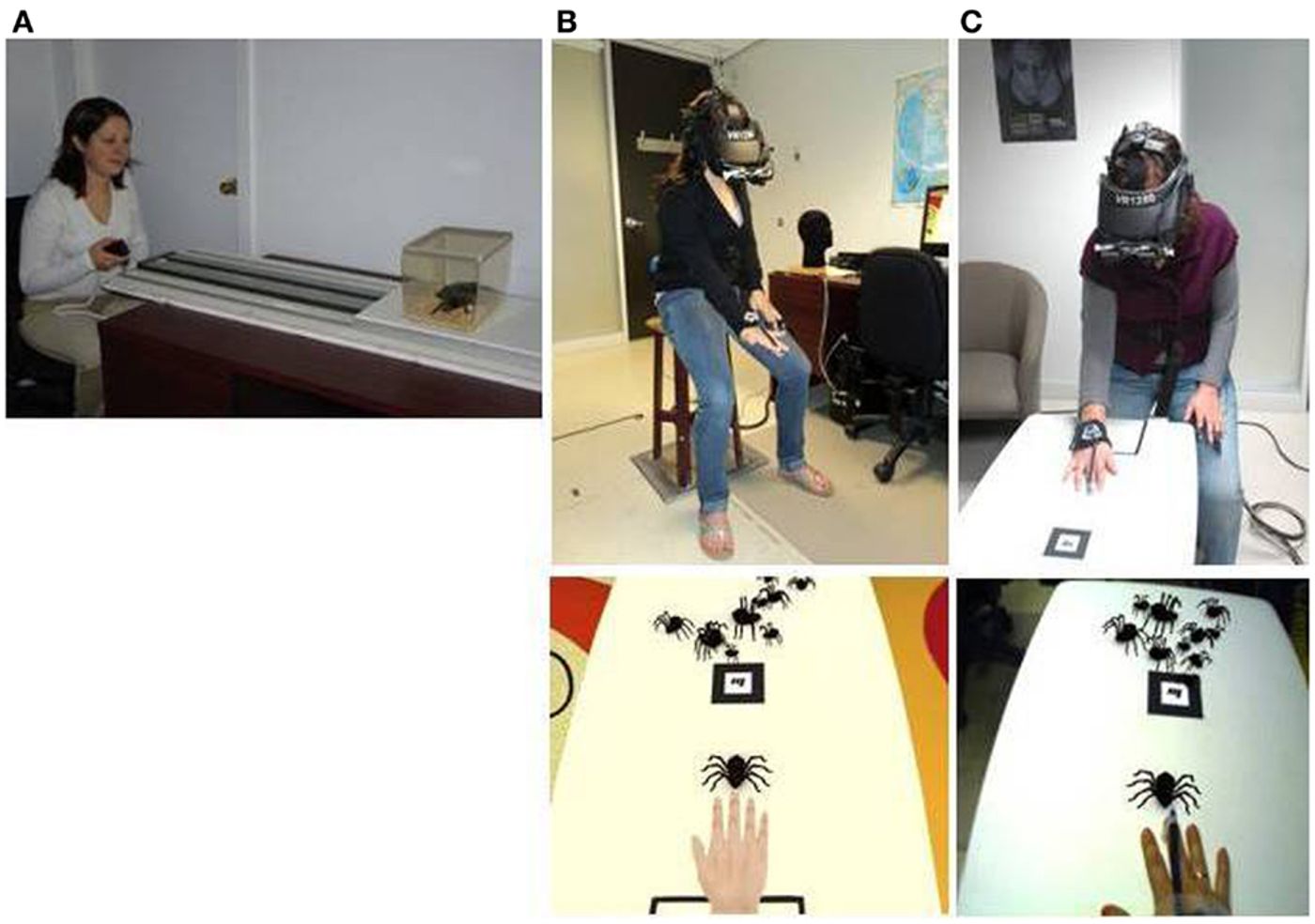Small Animal Phobia and Virtual reality
We all love to be scared on Halloween. But, with lots of phobias out there, it hits too close to home for some with all the haunted houses, ghoulish costumes, and decorations. One ubiquitous Halloween decoration is a spider, and an unreasonable fear for these small animals is called Arachnophobia.
Phobias are attributed to the inefficient pathological coping mechanisms towards life stressors and fear for death. However, our understanding of the origin to phobias is still debated, there is evidence now, that not all people with phobias have had a previous traumatic experience. Psychological investigation of stuntmen showed that some of them have embraced their childhood accidents and built a livelihood on mastering fear. Despite the ambiguity of its origin they sure are real for individuals with them.
“Face your fears” is what we get told and this seems to be the preferred mechanism for medically treating the phobias too. Exposing the individuals to their phobias in a controlled, graded and planned manner has the best positive outcomes regarding fear tolerability and a decline in negative thoughts. But this kind of in vivo conditioning takes a long time.
Virtual reality exposure therapy (VRET) is used as an alternative to the physical exposure therapy and was found to be just as useful particularly for treatment of small animal phobias. Carlos Suso-Ribera, Jaume I University, Spain, is the lead author on the study that compared for the first time, the differential efficacy of three forms of exposure therapies, in vivo (iVET), virtual reality(VRET) and augmented reality(ARET), in the treatment of arachnophobia. The work is published in Cyberpsychology, Behaviour, and Social Networking journal on Oct 18th. The randomized clinical trial was done on university students. Behavioral avoidance tests with outcome measures of the distance covered by the subjects when asked to approach a glass container with a spider voluntarily were used to evaluate the therapies. Additional psychological questionnaire responses were also recorded pre and post-treatment. The figure below shows the three types of exposure-based methods: (A) in vivo exposure, (B) virtual reality exposure (bottom photo shows the user’s view), and (C) augmented reality exposure (bottom photo shows the user’s perspective).
The primary study findings were that all three techniques have similar clinically relevant outcomes for treatment of small animal phobia. Despite their cost and initial resistance to the implementation of digital technologies, VRET and ARET are equally valid and might provide more controlled treatment strategies.
Hugo Critchley, Chair of Psychiatry at Brighton and Sussex Medical School, have been investigating the phobias for a while, and his work had previously shown that our response to our fears depends on whether we face them when our hearts are beating or in between the beats. If experienced when the heart is beating, the intensity of the threat is higher. And he says that “we’re within a heartbeat of helping people beat their phobias.” Critchley’s team have investigated computer aided exposure therapy in combination with heartbeat monitoring, and the study is published in Psychosomatic Medicine on October 8th, 2018.
The pilot study investigated three groups of the patient population. The subjects were presented with images of spider’s in-time with their heartbeats, in between heartbeats and at random. As expected, the groups presented with images in line with their heartbeats showed a more significant reduction in the outcome measures. Anxiety levels, physiological responses to spiders and self-reported fear scales all showed enhanced improvement. Although preliminary, expanding the study to larger patient population and improving the concurrent biosignal monitoring and feedback mechanisms sure will propel the VET and ARET therapies over the conventional in vivo exposure therapy.
Tidbit: Fear of Halloween then you have samhainophobia.
Image Credits: Laboratory of Cyberpsychology, Université du Québec en Outaouais.









